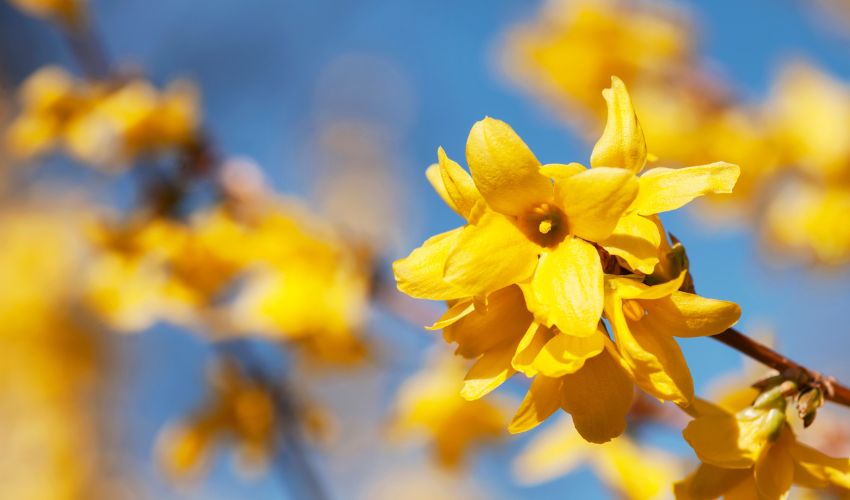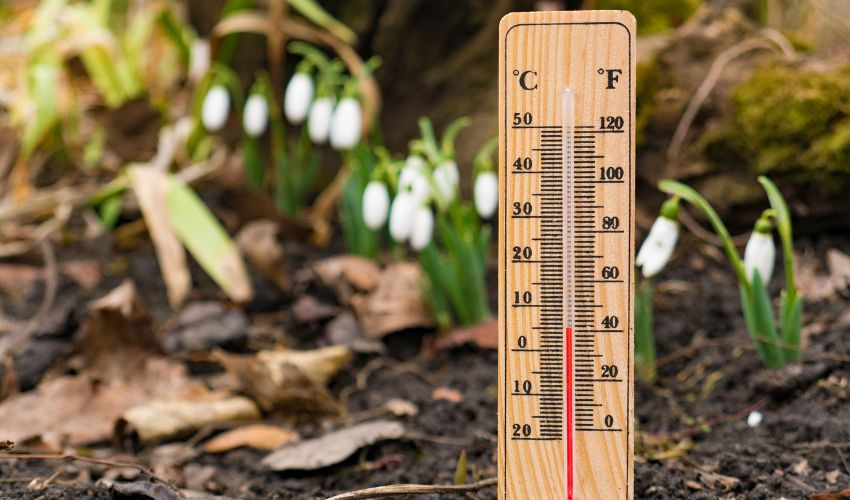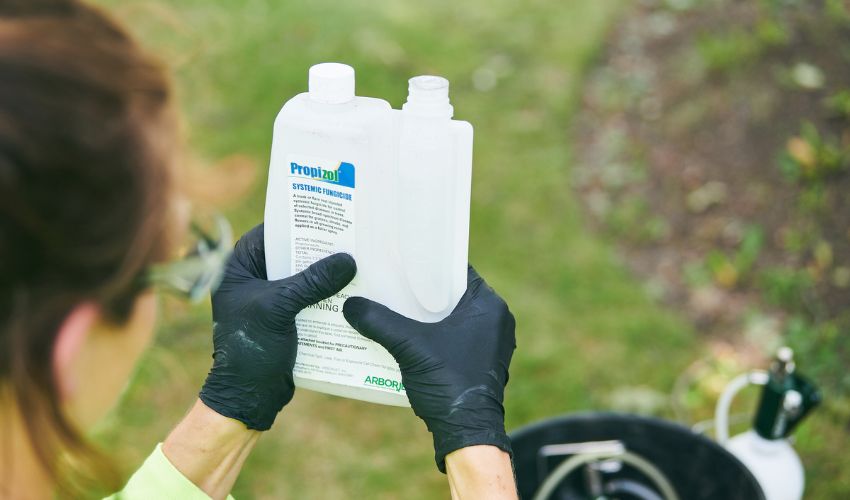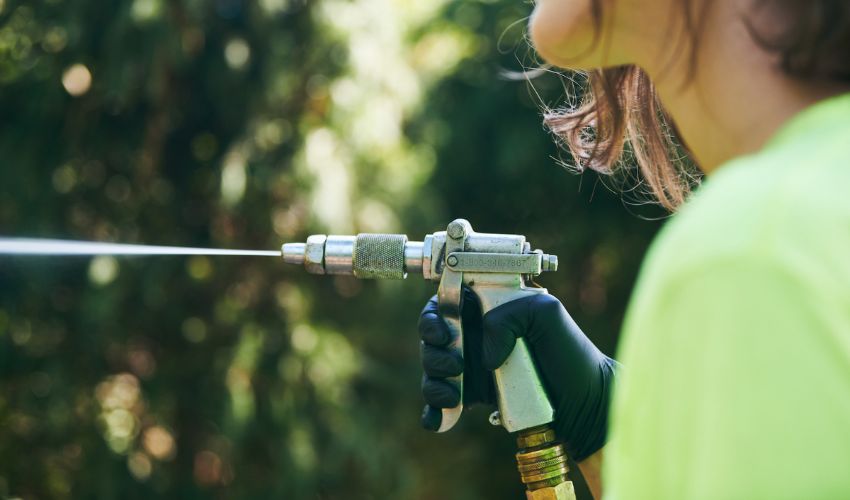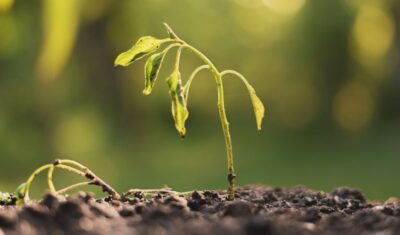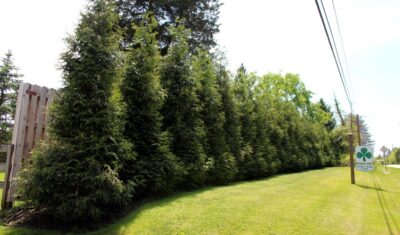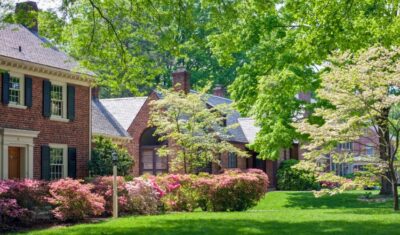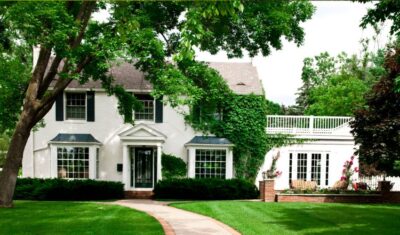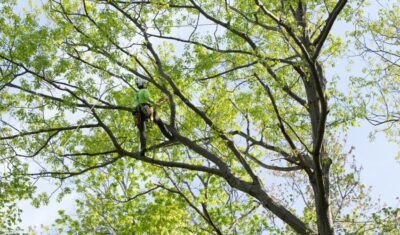If you’ve been a customer of Independent Tree for a few years, especially for our plant health care programs, you may have noticed that treatment timing varies from year to year. We don’t come to your property to treat or prevent pests and diseases at the exact same time every year.
This is not an issue with poor planning, but rather because we apply treatments when they will be most effective, based on something called “growing degree days.” We also consider other factors, such as weather conditions and what pests or diseases are most active in northeast Ohio.
In this article, we explain:
- what growing degree days (GDDs) are and how we use them when scheduling your PHC applications
- how GDDs impact treatment timing for insect and disease treatments
- why oak and elm pruning are also affected by growing degree days
- other things to keep in mind when scheduling treatments, such as the weather and leaf or flower development
- why it’s best to rely on the Certified Arborists and tree health management experts at Independent Tree to determine the right time to apply specific treatments
Why Can’t Independent Tree Treat Tree Pests and Diseases Around the Same Date Each Year?
For most pests, fungal issues, and other tree diseases that we treat, Independent Tree can give you a general idea of the treatment window. In fact, you can see our typical treatment timing on our pest and disease management page or in this article on when treatments should be applied.
However, temperatures, weather conditions, and the rate at which pests and disease return all impact when a treatment will be most effective.
If you apply treatment products too early in the season, the pest or disease may not have appeared yet, and the treatment won’t have any impact.
Similarly, if you apply treatment products too late, the time during which the treatment will be effective may have already passed.
For example, if a spray is effective only on an insect pest’s eggs, spraying before there are eggs won’t do any good, and spraying after the eggs have hatched won’t make a positive difference either.
Instead, the professionals at Independent Tree keep a close watch on weather patterns, temperature fluctuations, and something called growing degree days.
What are Growing Degree Days?
Temperature plays an important role in both when your plants and trees sprout new growth and when insects and fungi develop. Different plants and trees begin growing at different temperatures. Likewise, pests will not emerge until certain temperatures are reached for several days.
Growing Degree Days (GDD), also known as heat units, can be used to predict when certain pests will emerge as well as when some flowering plants and trees will bloom. It is used often in agriculture for determining when crops can be harvested.
Growing degree days are the number of days since January 1 of that year where the mean temperature was higher than the base temperature (the lowest temperature at which a plant, pest, or disease can develop).
How Can I Determine a Base Temperature?
Most often, 50 degrees Fahrenheit is used as the base temperature. This is the point at which most trees and insects begin to develop.
For more specific calculations, you can research the base temperature for a tree, plant, pest, or disease.
How Can I Find Our Current Growing Degree Days for This Year?
To determine GDD, you will have to do some calculations:
- Record the mean temperature for the day (add the high and low temperature and divide by two)
- Compare the mean temperature with the base temperature for the plant or pest.
- If it is at or below the base temperature, the GDD is 0.
- If it is above the base temperature, then determine the mean temperature minus the base temperature.
- If the GDD is a positive number, add it to any other positive GDD numbers since January 1
So, if the average temperature for the day was 50 degrees Fahrenheit, the GDD would be 0.
If it was 70F, it would be 20 GDD (70 minus 50).
Each tree, plant, pest, and disease has a GDD number (or range) during which treatments are most effective. Once the GDD for the year reaches that number, treatments can begin.
The good news is, you don’t have to keep track of (or even understand) growing degree days, because we keep track of all of that here at Independent Tree.
In general, the warmer the weather in spring, the earlier a pest will emerge, and the earlier we will treat it. During a colder spring, pests will take longer to appear; applying treatments before the insects are present would make most insect control treatments unsuccessful.
How Do Growing Degree Days Impact the Timing of Tree and Plant Treatments?
The best way to explain how GDDs impact tree and plant treatments is to give an example.
As you’ll see in our treatment schedule, Japanese beetles can be controlled by a treatment applied anytime from May to September. That’s a big treatment window. Let’s look at why.
Adult Japanese beetles emerge and begin laying eggs at around 970 GDD.
- On June 20, 2022, the GDD for Zip Code 44065 was 978.
- On June 20, 2021, the GDD for that same zip code was 1,009.
- However, on that same date in 2020, the GDD was only 865.
- In 2019, it was even less: 746.
This means that Japanese beetle treatments were most likely applied much later in 2019, but earlier in the season in 2021.
Why is Growing Degree Day Scheduling More Effective than Calendar Day Scheduling?
Trees, insects, and fungal infections aren’t aware of our calendars or what day of the year it is. They emerge or begin to grow based on environmental factors.
Using growing degree day scheduling works with our ecosystem’s schedule, rather than trying to fit nature into our calendars.
Other Things That Impact Treatment Timing
Growing degree days are not the only thing that can impact when to treat for tree insect pests or tree diseases.
Weather
Weather can have a big influence on when certain issues are treated. A wet spring, for instance, means that fungal issues are apt to return sooner.
If there is ice or snow covering plants or trees, many spray-based treatments won’t reach the needed area and won’t be effective.
Other weather conditions can affect when we decide is best to treat your trees and shrubs.
Which Pests and Diseases are Active in Our Area
It makes sense to treat only for pests or diseases that are likely to impact your Northeast Ohio property.
If a pest is making its way through the West coast of the United States, for example, but hasn’t yet been spotted in Ohio (and isn’t likely to for a while), treatments won’t be needed in our area yet.
An exception to that rule, however, is if we know that a pest is headed our way and a preventative treatment is available.
Plant Phenological Indicators
“Plant phenological indicators” may be a term you are not familiar with, but it just refers to times when plant growth aligns with pest emergence.
Just as insect pests emerge with warmer weather, trees, and plants begin new growth around the same time.
For instance, around the time that forsythia first bloom, tent caterpillar eggs will begin to hatch. The more you become familiar with your property, the more you will notice these sorts of commonalities.
The Independent Tree team may look for these signs from nature that treatments can begin soon. Combined with growing degree day information, we can come up with fairly accurate treatment windows.
Why Oaks and Elms are Pruned in Winter
This may seem like a different topic, but the reason that Independent Tree prunes oak and elm trees during the winter also relates to GDDs.
Elms are dying from Dutch Elm Disease, caused by a fungus that is spread by elm bark beetles. Elm trees should only be pruned during the dormant season when the bark beetles are less active; elm bark beetles have a GDD of 7 to 120. Remember, that doesn’t mean that the beetles will return when temperatures hit 7 degrees Fahrenheit, but rather when there have been 7 growing degree days over 50 degrees Fahrenheit.
Similarly, Independent Tree prefers to prune oaks during the dormant season to prevent oak wilt, which is spread by a variety of beetles. We try not to prune oak trees between April 15 and October 15.
Trust Independent Tree to Handle Treatment Timing for Your Trees & Shrubs
Knowing and understanding the growing degree days of different trees, pests, and diseases can be overwhelming, especially if you have a wide variety of plants and trees on your property.
Some treatments have a large range of time in which to treat (such as Dutch Elm Disease treatments done May through September, generally), while others have to be timed perfectly in order to be effective.
Independent Tree keeps a close eye on when it is best to schedule what, and our team is aware of growing degree days for our Northeast Ohio service area. We plan our treatments based on when will have the best outcome.
Trust the Independent Tree team to ensure your plants, trees, and landscape are receiving the best plant health care at the best time!
Contact us for more information or to schedule your plant health care treatments.
Schedule Your Plant Health Care Treatments
While treatment timing is specific, you can sign up for a plant health care plan at any time. Contact Independent Tree to begin the process of keeping your property healthy and beautiful.Recent Articles
Topics
About The Author

STAY IN THE LOOP
WITH OUR
LATEST UPDATES
"*" indicates required fields

